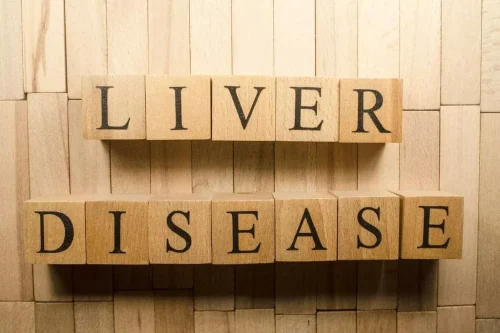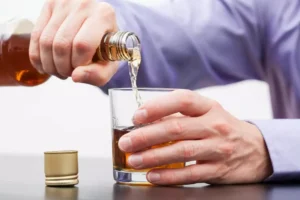
Data from transgenic animal models and pharmacologic approaches strongly support a role for ethanol-induced oxidative stress in CV disease. In addition, there was no evidence of nitrative damage in mice bred to disrupt (i.e., knock out) the gene for angiotensin I receptor (AT1-KO) that had been given ethanol for a similar length of time (Tan et al. 2012). Both experimental approaches also prevented accumulation of ethanol-induced scarring (collagen and fibronectin); apoptotic cell death; and changes in the size, shape, and function of the heart after injury to heart muscle (ventricular remodeling). The acute effects of alcohol on the myocardium include a weakening of the heart’s ability to contract (negative inotropic effect). Data from isolated papillary and heart muscle cell (myocyte) experiments demonstrate that acute physiologic intoxicating doses of alcohol (80 mg% to 250 mg%) can have a negative inotropic effect (Danziger et al. 1991; Guarnieri and Lakatta 1990).
Avellone 2006b published data only
- Individuals who drink alcohol in excess can help improve their overall health by stopping drinking.
- “The stress level of someone in the midst of a cancer workup is likely quite high and may not reflect the typical stress level of an average person,” he notes.
Even though these studies reported that participants were randomised to receive alcohol or placebo, the method of randomisation was not mentioned. Although three studies did not report the method of randomisation (Barden 2013; Buckman 2015; Dai 2002), their reported baseline characteristics were well matched. The remaining seven studies reported the method of randomisation used, hence we classified them as having low risk of bias. It is important to note that information regarding to the method of randomisation used in Foppa 2002 and Rosito 1999 was provided by the study author via email. We used Cochrane review manager software for all data analyses (Review Manager (RevMan)). We conducted meta‐analysis for the three dose groups (low dose, medium dose, and high dose of alcohol) separately.
Kino 1981 published data only

In the case of registration at clinical trials.gov, we considered only one study to have low risk of bias (Barden 2013). The trial was registered with the Australian New Zealand Clinical Trials Registry (ANZCTR). We classified the remaining studies as having high risk of bias because the protocol was not registered and the study identifier was not reported.
Gratitude enhances health, brings happiness — and may even lengthen lives

Drinking elevates our blood levels of a hormone called renin, which can cause blood vessels to narrow. This effect, combined with renin’s ability to decrease our urine output, raises blood pressure. The more often someone drinks, the more likely the habit will prod blood pressure readings beyond normal levels. Researchers also found that people who drank heavily were 69% more likely to have stage 1 hypertension than people who do not drink and 2.4 times more likely to have stage 2 hypertension.
Just 1 alcoholic drink a day could contribute to higher blood pressure, study finds

If your blood pressure is well controlled, ask your healthcare professional how often you need to check it. Potassium in the diet can lessen https://ecosoberhouse.com/ the effects of table salt and sodium on blood pressure. Food makers often add sodium to processed foods to make them taste salty.

Berglund 1989 published data only
Back home, if you start drinking regularly again and your blood pressure changes, your GP can alter your medications. Heavier drinking (binge drinking) can also bring on a first episode of arrhythmia; once this has happened for the first time, you’re at an increased what does alcohol do to your blood pressure risk in the future. It also can lower the risk of heart disease and improve overall health, possibly leading to a longer life. Limiting alcohol to less than one drink a day for women or two drinks a day for men can help lower blood pressure by about 4 mm Hg.
Sara Tasnim (ST) and Chantel Tang (CT) drafted the protocol with help from JMW. Both ST and CT independently assessed studies for inclusion or exclusion and assessed the risk of bias of all included studies. We did not identify enough studies to construct a funnel plot for the outcomes under low doses of alcohol. We interpreted only funnel plots that were constructed based on studies reporting outcomes under medium dose and high dose of alcohol versus placebo comparisons. We used GRADEpro software to construct a ‘Summary of findings’ table to compare outcomes including change in SBP and DBP and HR (GRADEpro 2014). In addition, we included illustrative risks to present findings for the most important outcome (change in systolic blood pressure).

0 Comments